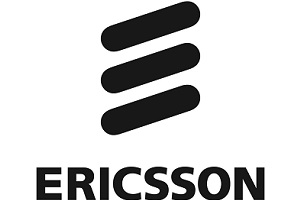Ericsson will continue to hold the technical lead role it played in the first stage of the Hexa-X initiative focusing on creating a system view for future 6G standardisation across an ecosystem of major stakeholders spanning ICT, industry and academia.
The European Commission (EC) has announced the creation of Hexa-X-II, the second phase of the EC’s 6G flagship initiative. This new phase will expand the Hexa-X partner list to 44 organisations that are tasked with creating the pre-standardised platform and system view that will form the basis for many inputs into future 6G standardisation.
The Hexa-X-II project has been awarded funding from the EC as part of the first call of the Smart Network and Services Joint Undertaking (SNS-JU). This is the next significant step toward bringing together key stakeholders in Europe. The goal of both Hexa-X and Hexa-X-II is to establish Europe as specialist in 6G.
Hexa-X-II represents the full value-chain for future connectivity solutions. Its members range from network vendors and communication service providers to verticals and technology providers, as well as the most prominent European communications research institutes.
Enabled by the outcomes of Hexa-X innovations, the Hexa-X-II consortium will strive to overcome the following societal challenges:
- Sustainability: Hexa-X-II will research technologies that contribute to a zero-carbon footprint and limit energy and material consumption
- Inclusion: Hexa-X-II aims to provide connectivity to people in developing countries as well as to the under-privileged members of developed societies
- Trustworthiness: Hexa-X-II will ensure data transparency, security and privacy, and network robustness
Nokia will be the project leader for Hexa-X-II, following its leadership of the first Hexa-X project. Ericsson takes the role as technical manager for Hexa-X-II. Orange, Telecom Italia, TU Dresden, University of Oulu, IMEC and Atos will help coordinate various work packages such as radio evolution and innovation, future devices and flexible infrastructure, smart network management and values, and requirements and ecosystem.
The Hexa-X-II project aims to start work on 1 January 2023, with a planned duration of 2.5 years.
Magnus Frodigh, vice president and head of Ericsson Research, says, “Today’s networks have formed an intelligent digital infrastructure offering endless possibilities to individuals, enterprises, and governments worldwide. The increasing expectations set a clear target for us in the industry and research community – 6G should contribute to an efficient, human-friendly, sustainable society through ever-present intelligent communication.”
He adds, “For this vision to materialise we need to combine the best of research across industry and academia into a system view. With Hexa-X we have set a foundation for European 6G leadership. We are proud to continue as technical lead in Hexa-X-II and together with the strong consortium of partners form a pre-standardisation base for the 6G network platform that can best address our societal challenges ahead”.
Comment on this article below or via Twitter: @VanillaPlus OR @jcvplus






